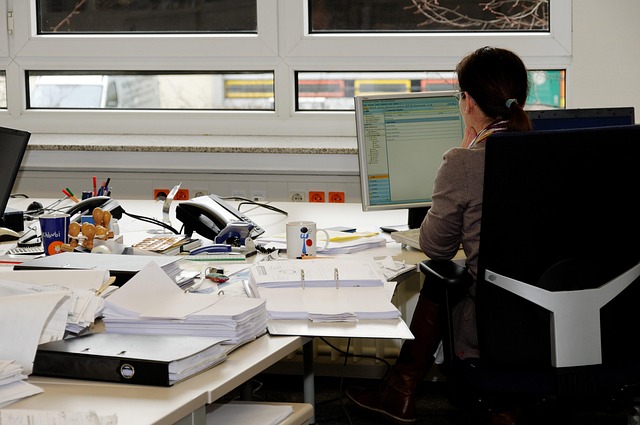The global shift to remote work has dramatically reshaped commercial real estate demands, leading to a decrease in traditional office space occupancy. In response, landlords are offering adaptable spaces like co-working centers and serviced offices, while developers convert former offices into residential or mixed-use properties. This trend is transforming urban landscapes, encouraging diverse options and sustainable city planning with intertwined residential, retail, and recreational spaces.
The rise of remote work has significantly reshaped commercial demand, transforming how businesses operate and where they’re located. This article explores the “Shift to Remote Work” and its profound implications for real estate. We delve into how “Commercial Real Estate” is adapting to these new demands, focusing on the “reimagining of office spaces.” In light of these changes, we analyze their impact on urban landscapes and communities, offering insights for professionals navigating this evolving landscape.
The Shift to Remote Work: A New Normal for Businesses

The sudden global shift to remote work has reshaped many aspects of business operations, including a significant impact on commercial real estate demand. What was once considered an exception has become a new normal as companies and employees alike embrace the flexibility and benefits of working from home. This transformation has led to a reevaluation of office spaces, with businesses now seeking more dynamic and adaptable properties that cater to hybrid work models.
As a result, the commercial real estate market is experiencing a notable shift in demand. Traditional office buildings are seeing reduced occupancy rates, while there’s a growing interest in flexible workspaces, co-working facilities, and even residential properties designed for remote workers. This new dynamic presents an opportunity for real estate investors and developers to cater to the evolving needs of businesses, creating more diverse and inclusive options that support the modern workforce.
Commercial Real Estate: Adapting to Changing Demands

The rise of remote work has significantly impacted commercial real estate demands. With many employees no longer tied to traditional office spaces, there’s a growing trend towards more flexible and diverse workspace options. This shift has led to a decrease in demand for large, fixed-use offices, prompting landlords to adapt. They are now offering more adaptable space solutions, such as co-working centers and serviced offices, which cater to remote workers’ needs for flexibility and community.
This change is reshaping urban landscapes as less emphasis is placed on prime office locations. Real estate developers are exploring alternative uses for traditional office buildings, converting them into residential spaces or mixed-use developments. This adaptation ensures that commercial real estate remains a vibrant sector, responding to the evolving requirements of both businesses and individuals in the digital age.
Reimagining Office Spaces and Their Impact on Urban Landscapes

The rise of remote work has prompted a significant shift in how we perceive and utilize office spaces, which in turn is reshaping urban landscapes and real estate demands. Traditional offices, once bustling hubs of business activity, are now being reimagined as collaborative workspaces that cater to flexible working arrangements. This transformation extends beyond the interior design; it influences the very fabric of cities and towns. With fewer workers commuting to centralized offices, urban areas are experiencing a change in their vibrant tapestry.
The impact is twofold: real estate developers are adapting by offering more diverse options, such as co-working spaces and mixed-use buildings, to accommodate remote workers’ needs. Simultaneously, urban planners are reevaluating the necessity of expansive office blocks, exploring alternative uses for land once dedicated to traditional offices. This evolution presents an opportunity to create more sustainable and livable cities, where residential, retail, and recreational spaces intertwine, fostering a sense of community and reducing the strain on infrastructure traditionally associated with dense urban centers.






